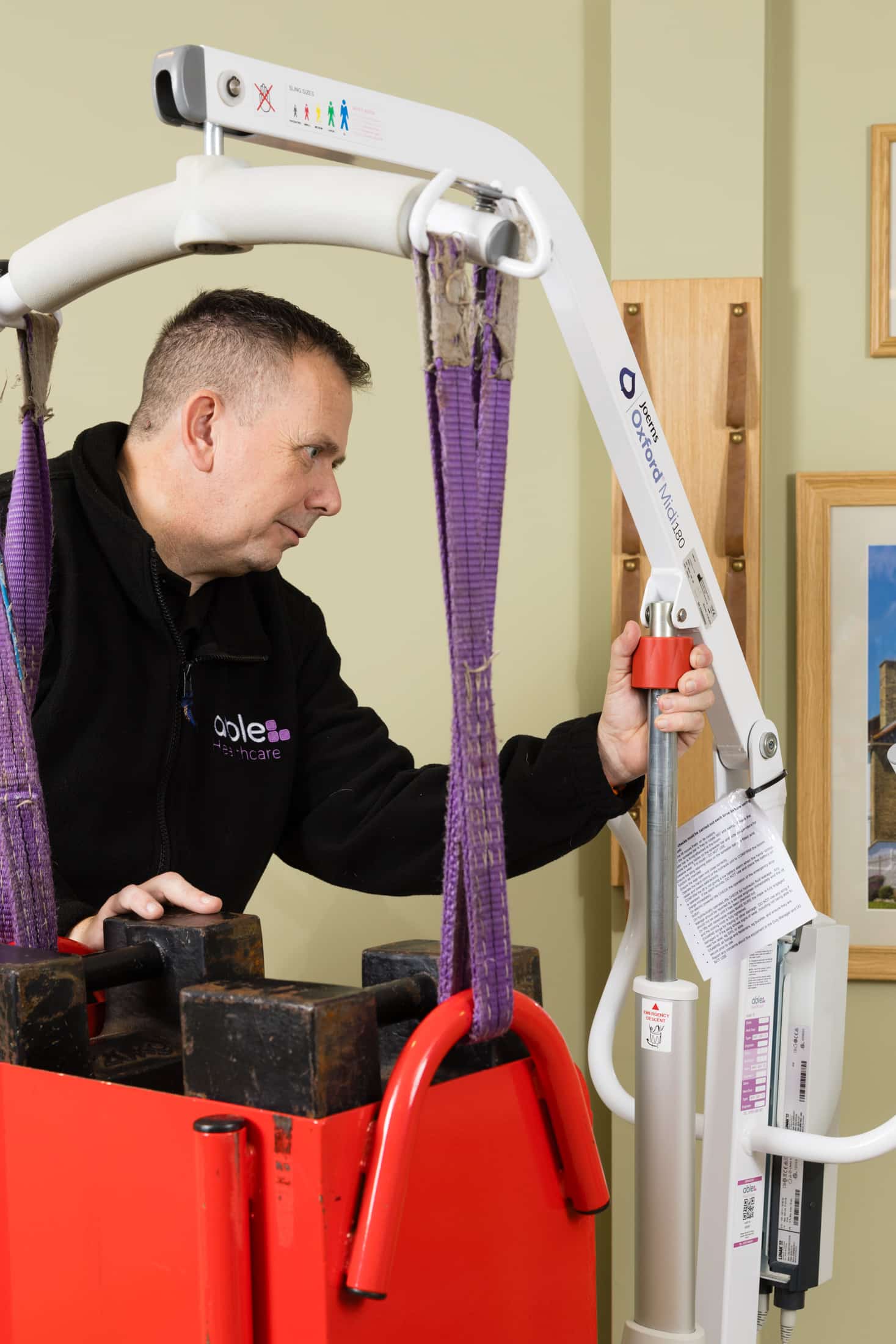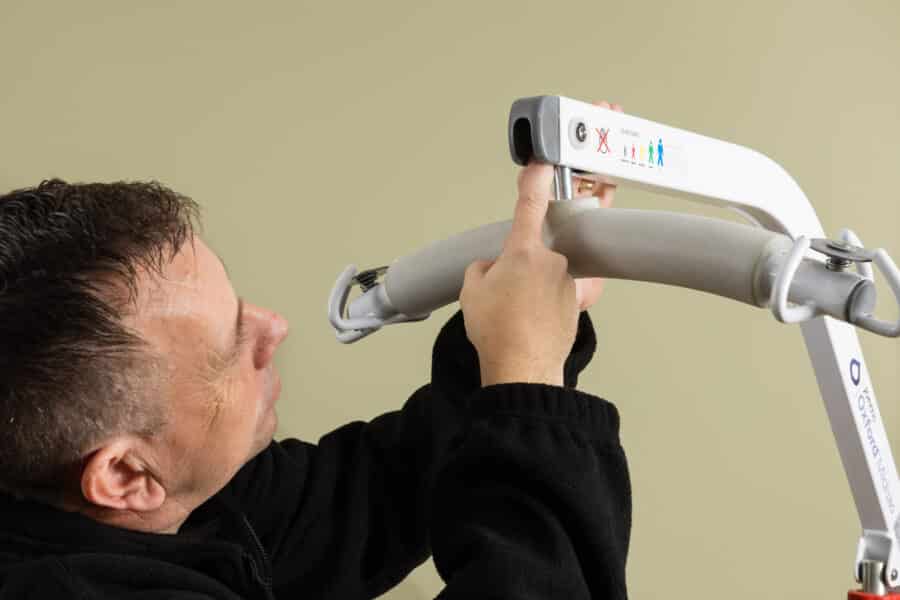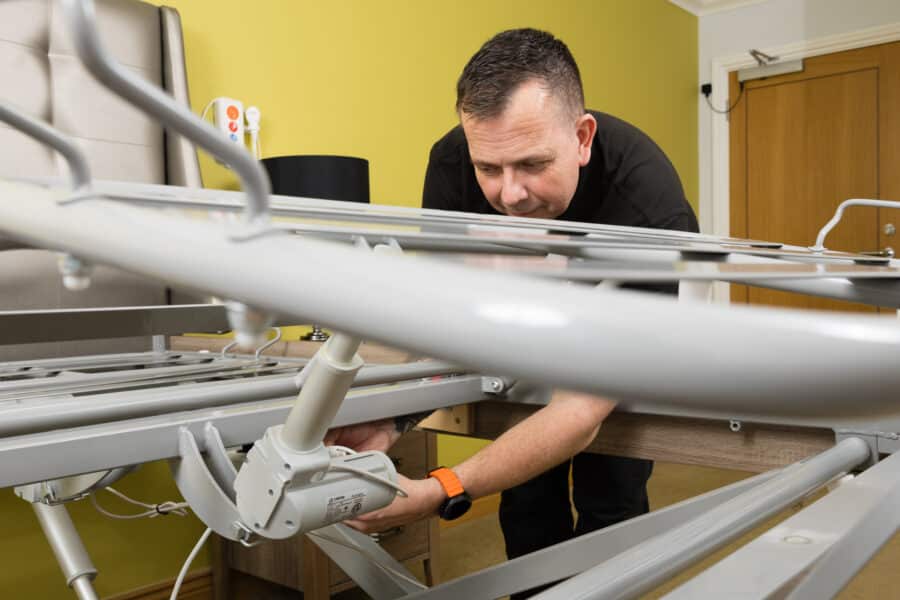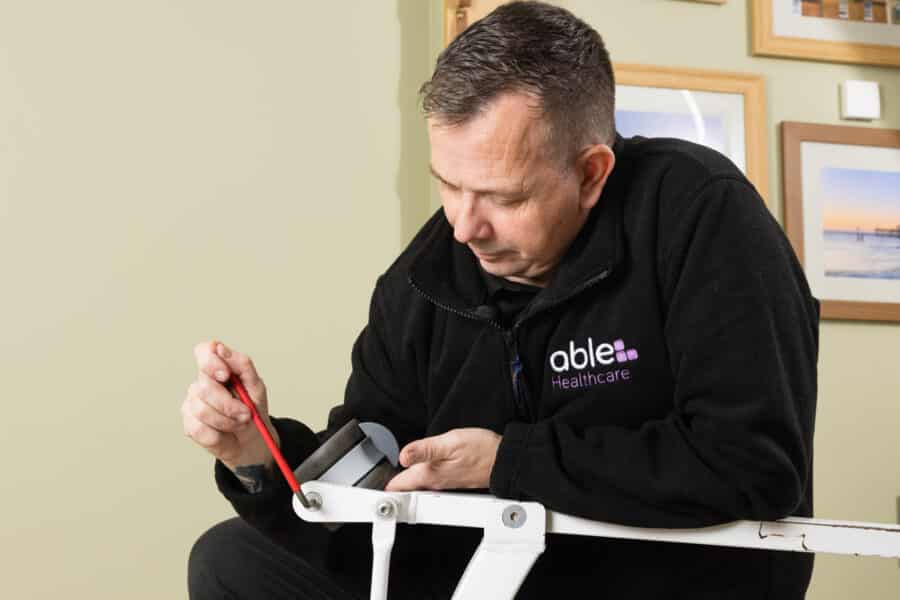If your care home uses hoists, you’re already familiar with LOLER hoist testing. You know they’re required by law. You probably already have a contractor performing them. But are they actually testing the safe working load?
In many cases, the answer is no.
Most LOLER tests involve visual inspections, basic function checks, and paperwork. What they often leave out is a full safe working load (SWL) test—meaning the hoist may never actually be lifted to the weight it’s rated for.
That’s where the risk begins.
What Is LOLER—and What Does It Actually Cover?
LOLER (Lifting Operations and Lifting Equipment Regulations) requires that hoists and lifting equipment used in care settings are inspected every six months by a competent person. The goal is simple: keep people safe.
These inspections typically include:
-
Checking for wear and tear
-
Reviewing documentation and labelling
-
Verifying the equipment’s general condition
-
Ensuring controls and emergency stop functions work
However, LOLER does not require the hoist to be tested at its full safe working load unless there’s a reason to suspect a fault—or unless the care home specifically requests it.
So, although your hoist may pass its LOLER inspection, it may not have actually lifted 150kg or more in months.
What Is a Safe Working Load (SWL), and Why Does It Matter?
The safe working load is the maximum weight a hoist is designed to lift safely. In care homes, that’s typically between 150kg and 180kg. Some hoists can handle more—especially bariatric models—but every piece of lifting equipment is rated for a maximum limit.
If you don’t test equipment to its full SWL:
-
You don’t know if the lift motor is weakening over time
-
You can’t confirm that the spreader bar and frame still perform under full stress
-
You may risk equipment failure when it matters most—during a transfer with a real person
Testing to the full SWL isn’t about compliance—it’s about confidence.
The Problem with Most LOLER Tests
While most contractors provide legally compliant LOLER inspections, very few offer actual load testing. Even fewer go as far as Able does—testing hoists to their full 180kg capacity using calibrated test weights.
Why don’t others do it?
Because:
-
It’s time-consuming
-
It requires specialist weights and trained personnel
-
It’s not explicitly required under LOLER
But that’s exactly the point. Just because it’s not legally required doesn’t mean it isn’t necessary.
What Makes Able’s LOLER Hoist Testing Different
At Able, we don’t stop at compliance. Our LOLER hoist testing includes:
-
Full inspection of lifting equipment and accessories
-
Testing to full safe working load (up to 180kg)
-
Clear pass/fail documentation for audits
-
Advice on when to replace slings or components
- Wide range of spare parts and frequent same-day repairs
This gives care homes complete peace of mind—not just a certificate in a folder. You can see everything that makes Able a better LOLER provider here.
How Often Should You Test to Full Load?
LOLER requires inspections every 6 months, but SWL testing isn’t mandated on that schedule. However, we recommend testing to full load:
-
At least annually, especially for frequently used hoists
-
Immediately after repairs or reassembly
-
Before first use of new equipment
You wouldn’t load a resident into a lift without knowing it’s safe. Your hoists should be no different.
Compliance Is the Floor—Not the Ceiling
LOLER testing is a legal requirement, but it shouldn’t be your benchmark. Real safety goes beyond paperwork. It means knowing—without a doubt—that your lifting equipment can do what it’s supposed to.
By choosing full safe working load testing, you protect your staff, your residents, and your reputation.
Want to know if your current LOLER provider includes SWL tests?
Ask them. Or book call below and ask us—we’ll tell you exactly what to look for.
Care Home LOLER Hoist Testing FAQ’s
Does LOLER require a full safe working load (SWL) test?
Not by default. Visual and functional checks are mandatory; SWL testing is only triggered if there’s doubt—or if you request it.
Why should we ask for an SWL test if the hoist already “passes” LOLER?
Because a hoist can pass paperwork and still struggle under real weight. An SWL test proves the motor, frame and spreader bar can lift the rated load safely.
How often should SWL testing be done on care-home hoists?
Aim for annually as best practice, plus after repairs, after reassembly, and before first use of new equipment.
What weight should an SWL test use?
Use calibrated test weights up to the hoist’s rated capacity—typically 150–180 kg for standard units (higher for bariatric models).
What should be on the report if an SWL test is done?
The exact load applied, pass/fail outcome, any advisories (e.g., sling label unreadable), engineer competence details, and the next due date.
Can slings fail LOLER even if the hoist passes?
Yes—slings are lifting accessories under LOLER. Frayed stitching, damaged clips or missing labels can fail independently of the hoist.





